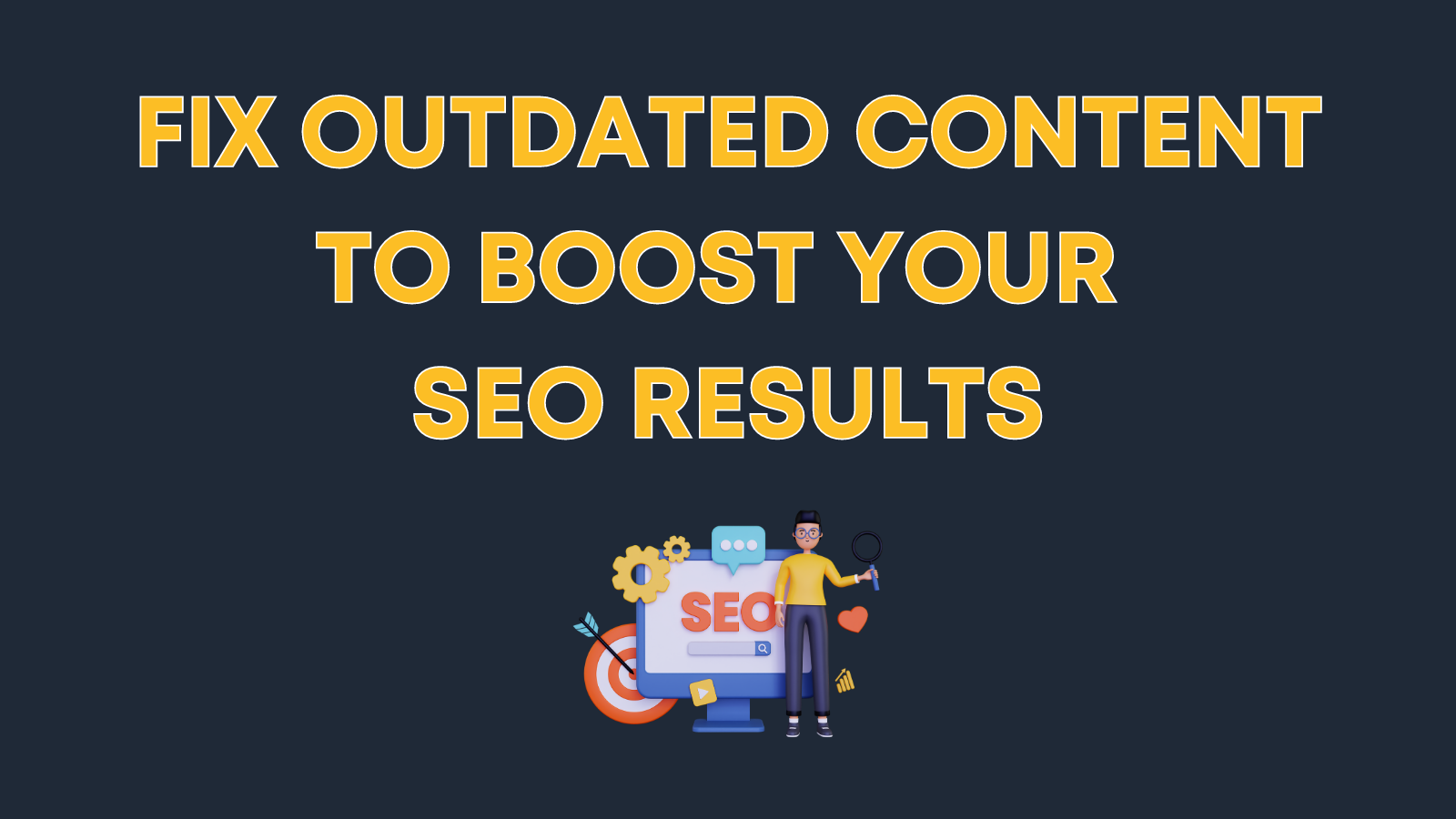
Content Doctor
Content Doctor’s main services are content audits which include content pruning and internal links service.
Carrying out a Comprehensive SEO Content Audit should be carried out on a monthly basis to maintain the success of your whole site’s ranking.
Check out this statement made by Amit Singhal on Google Webmaster Central Blog:
“One other specific piece of guidance we’ve offered is that low-quality content on some parts of a website can impact the whole site’s rankings, and thus removing low quality pages, merging or improving the content of individual shallow pages into more useful pages, or moving low quality pages to a different domain could eventually help the rankings of your higher-quality content.”
Amit Singhal on Google Webmaster Central
At Content Doctor they are specialists in recovering websites from loss in traffic.
In our Content Doctor guide, we explain the main reasons deleting or merging content can provide huge organic traffic growth in July 2024.
Contents
- What is Content Pruning?
- Why Is Content Pruning Important?
- Which Pages Should I Delete?
- How Often Should You Prune Your Content?
- What Tools Do You Need for Content Pruning?
- Is Content Pruning Only Useful for Large Websites?
- Content Pruning Process
- The Cost of Ranking a Website Cant Be Higher Than The Cost of Not Ranking The Website
- Summary
- All SEO Audit Posts
What is Content Pruning?
Content pruning is the process of deleting content that is not relevant to you anymore and might be hurting your content marketing strategy.
The goal of content pruning is to improve the overall quality, relevance, and user experience of a website, while also enhancing its search engine optimization (SEO) performance.
Why Is Content Pruning Important?
Content Pruning is an important SEO service because it is getting rid of that dead weight that is holding your website back from better rankings and organic traffic.
Removing the low-performing content that is weighing down your website creates room for other content, that does have potential to flourish.
Content Pruning is a way you can increase the overall health and performance of your website by removing obsolete and low-quality web pages.
By reducing the costs of Google crawling bad-quality content can give your other pages better chances of ranking number one in Google.
Content Pruning Benefits
- Better Overall Quality – Content pruning helps improve the overall quality of your website by removing outdated, irrelevant, or low-quality content.
- Improved User Experience – By removing outdated or irrelevant content, content pruning streamlines the user experience.
- More Beneficial Internal Links – Content pruning allows you to review and optimize internal linking structures.
- Increase Crawl Budget – Content pruning helps increase your website’s crawl budget by removing unnecessary or low-value pages.
Which Pages Should I Delete?
When considering which pages to delete during content pruning, focus on outdated, low-performing, and redundant content that no longer adds value to your website.
Let’s go through some examples of pages that you should be looking to delete;
Thin Content
Thin content refers to pages that lack substantial information and fail to deliver value to users. When conducting content pruning, it is crucial to identify such pages and make a decision regarding whether you delete the pages or not.
You can either enhance the low quality content by expanding it with comprehensive insights or opt to remove them entirely from your website, ensuring that every page offers meaningful value to your audience.
Low Quality Content
Low-quality content on some parts of a website can impact the whole site’s rankings. Improving the content of individual shallow pages into more useful pages could eventually help the rankings of your higher quality content.
Duplicate Content
Duplicate content poses risks to both your website’s SEO performance and user experience. To mitigate these issues during content pruning, it is vital to diligently identify and address any instances of duplicate content.
Consider consolidating or removing thin or duplicate content to prevent keyword cannibalization and potential penalties from search engines, ensuring that your website offers unique, valuable and high quality content for your audience.
Irrelevant or Off-Topic Content
Having irrelevant or off-topic content on your website can confuse and disengage your audience.
During content pruning, carefully evaluate and remove pages or articles that no longer align with your target audience’s interests or your website’s focus.
Outdated Content
Outdated content not only undermines your website’s credibility but also compromises the user experience. When engaging in content pruning, it is crucial to identify pages that contain outdated information such as expired promotions, obsolete statistics, or irrelevant trends.
By proactively updating and maintaining your content to reflect the latest information, you can guarantee that your website remains relevant, trustworthy, and valuable to your audience, fostering continued engagement and satisfaction.
How Often Should You Prune Your Content?
It is recommended to conduct a comprehensive content audit and pruning process at least once or twice a year. Regularly reviewing and updating your content ensures that it remains relevant, accurate, and aligned with your business goals and audience needs.
Consistently monitoring and assessing your website can help identify and address outdated or low quality content more promptly, contributing to a healthier and more effective online presence.
What Tools Do You Need for Content Pruning?
To effectively carry out content pruning, you will need essential tools that provide valuable insights. Google Search Console (GSC) and Google Analytics (GA) are excellent choices. GSC helps identify underperforming pages, crawl errors, and search queries, while GA offers comprehensive website analytics.
We highly recommend using Screaming Frog, a powerful tool for website crawling and analysis, which aids in identifying duplicate content, broken links, and other issues that need attention during the pruning process.
These tools combine to provide valuable data and actionable insights for successful content pruning.
Is Content Pruning Only Useful for Large Websites?
Content Pruning Process
Step 1: Content Collection
Gather all the existing content on your website, including articles, pages, and media files, to create a comprehensive inventory.
Step 2: Identify Underperforming Pages/Content Audit
Analyse the performance metrics, such as traffic, engagement, and conversions, to identify pages that are underperforming or have become obsolete over time.
Conduct a content audit to assess the relevance, quality, and value of each piece of content.
Step 3: Pruning Decision
Based on the findings from the content audit and performance analysis, make decisions on whether to update, consolidate, redirect, or remove the identified underperforming or irrelevant content.
Consider factors such as relevance, user experience, SEO impact, and business objectives when making pruning decisions.
The Cost of Ranking a Website Cant Be Higher Than The Cost of Not Ranking The Website
Koray’s quote “The cost of Ranking a Website Cant Be Higher Than The Cost of Not Ranking The Website” is amazing and got so many SEOs talking about it.
Some SEO specialists thought this quote was used from the point of view of the SEO where “If the website’s creation and maintenance cost is higher than what it returns to the website operator, why shall we continue to rank it”.
But actually, from speaking to Koray, it was designed from the perspective of the search engines.
Imagine that there are steps for a search engine for a website, and some of these are pretty popular among SEOs, and spokespersons such as crawling, indexing, and ranking. But this is a very high level of detail simplification. Because there are many different sub and main steps between these and under these. For example, text cleaning, tokenization, text processing, evaluation, association, clustering, fact extracting, and most importantly, “serving”, if a website is not servable, which means it does not fit the SERP features, or how a search engine forage and organize information, still, it won’t be served even if it is ranked higher in the inverted index.
Basically, the “cost of ranking a website” is the cost of the specific search engine to be able to understand, process, and serve the users. If the website costs 5$ for understanding, and, another 5$ for crawling, and serving, but makes only 1$ value, they would not rank it.
Koray Tuğberk GÜBÜR
Summary
The Google cost of retrieval to rank your website is a huge ranking factor in July 2024.
If your website has thousands of web pages that are low quality the whole site will struggle to rank.
Low-quality content on your website is known by many SEOs as graveyard pages or zombie pages.
Low-performing web pages receive no traffic and Google Panda will deem these to be shallow pages. This, in turn, can affect your rankings across the whole entire website.
All SEO Audit Posts
Check out all the SEO Audit posts from the FatRank team:
- Backlink Cleanup
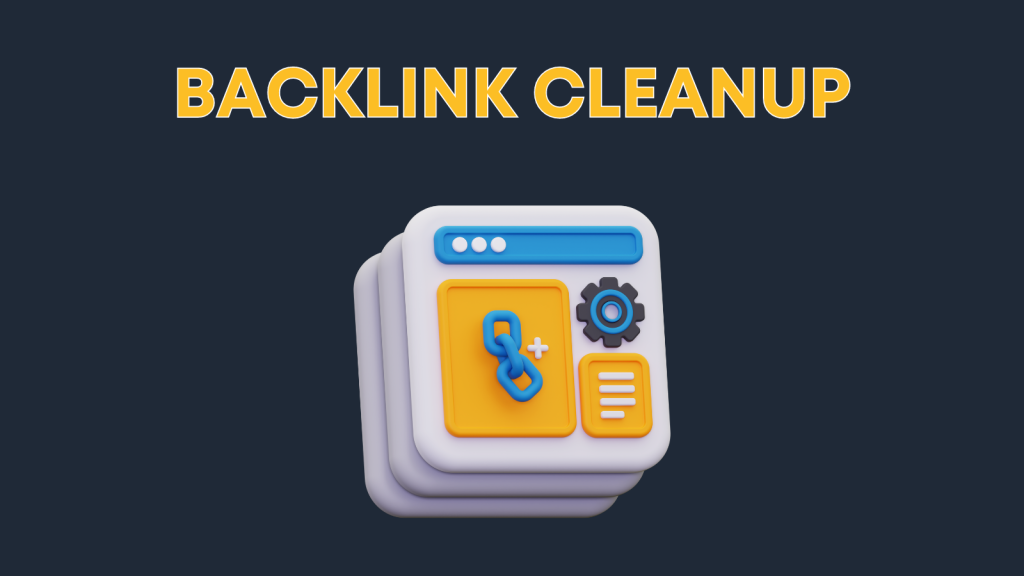
- Content Audit Service
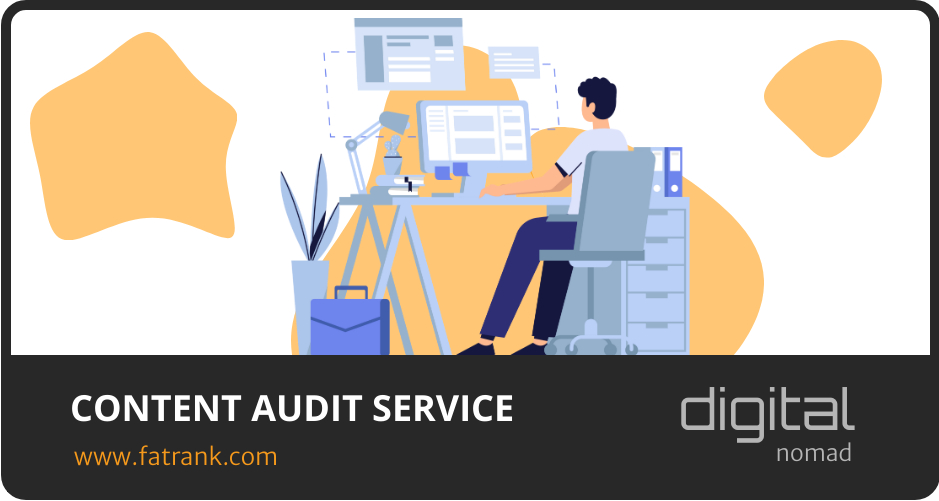
- Disavow File Generator
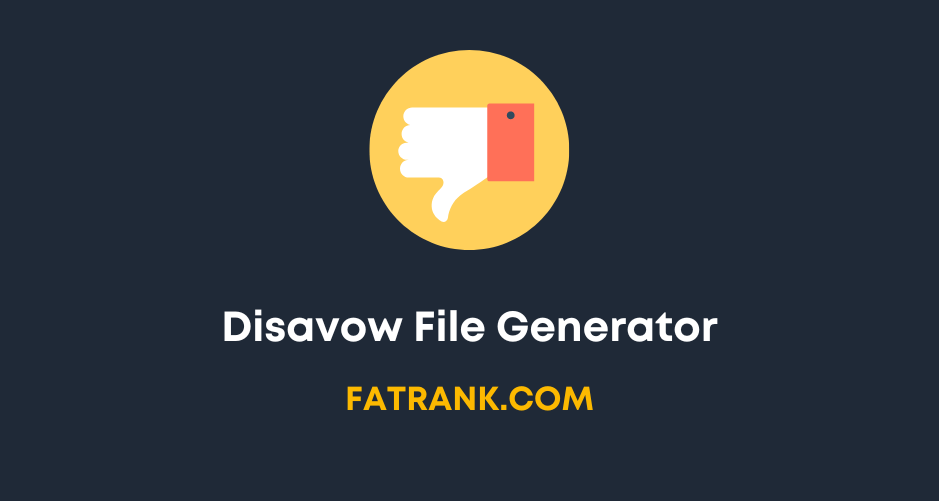
- Google Disavow Tool SEO
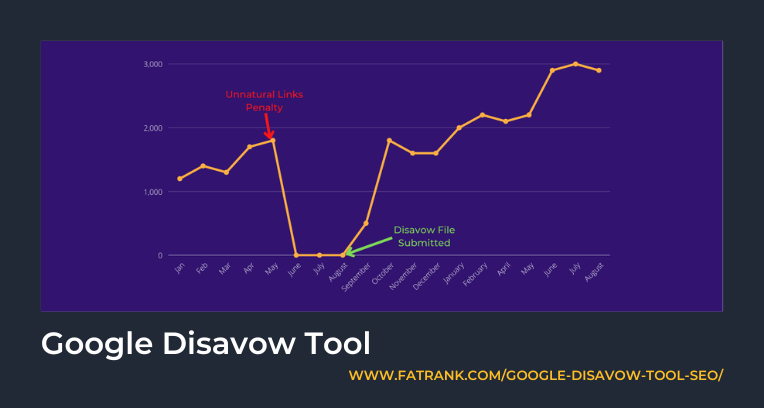
- How To Recover From A Google Organic Traffic Drop
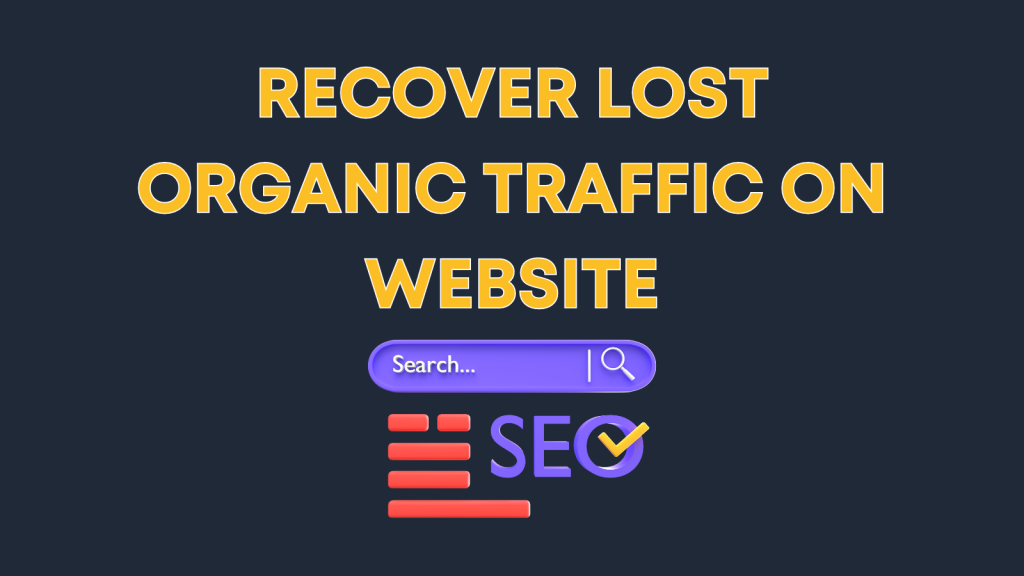
- Internal Link Audit Service

- IT IS ONLY A PROBLEM, WHEN IT IS A PROBLEM - AND THEN IT IS TOO LATE
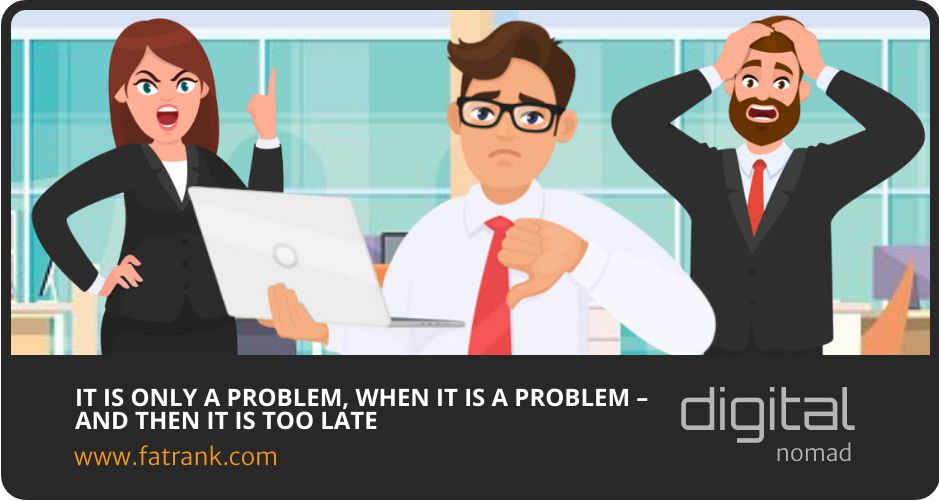
- Link Audit Service
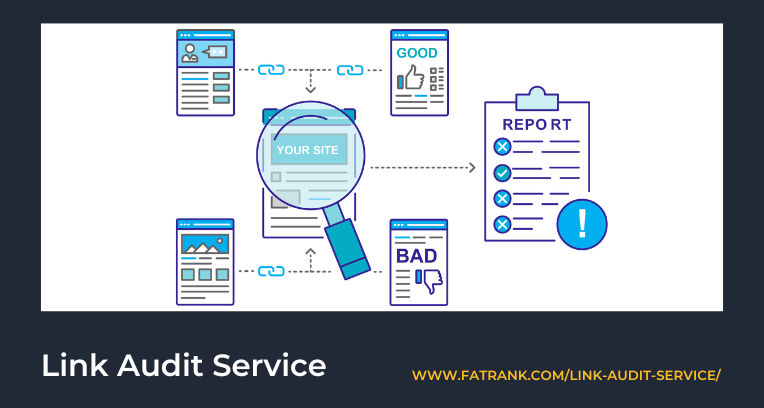
- Link Detox Rules
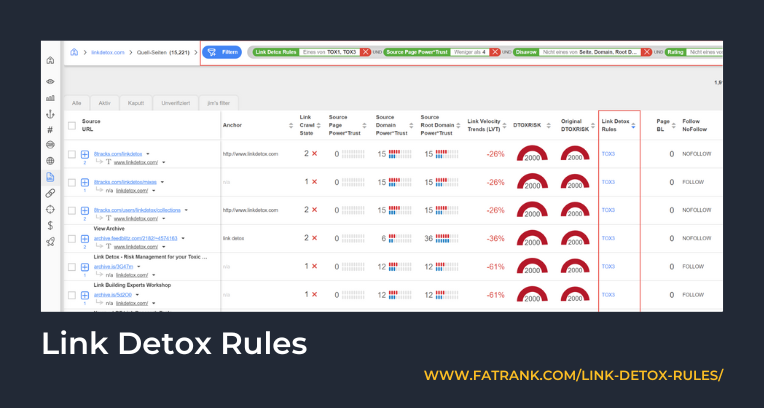
- Manual Action Removal
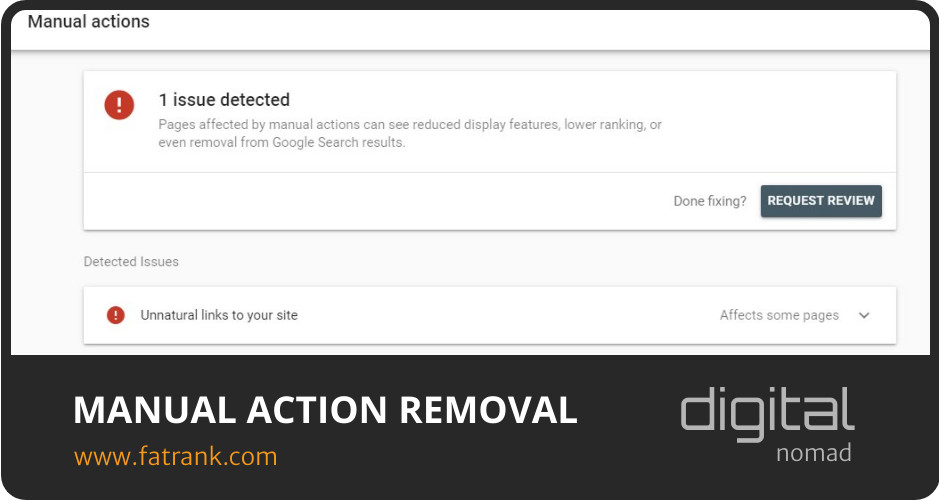
- On Page SEO Audit Service
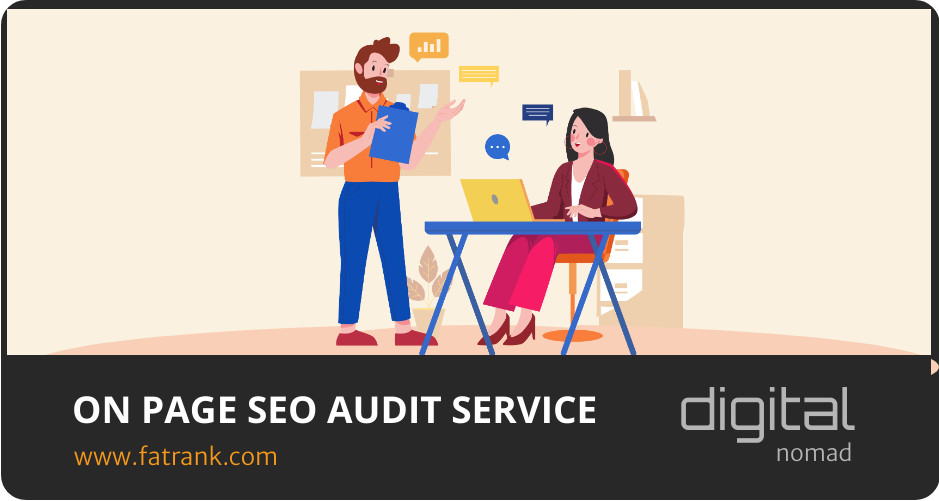
- SEO Audit

- SEO Content Audit Guide
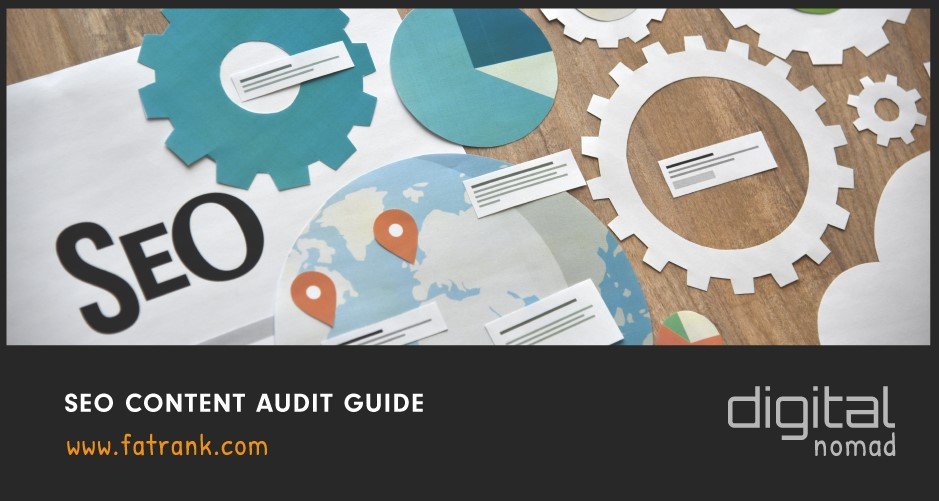
- Technical SEO Audit Service
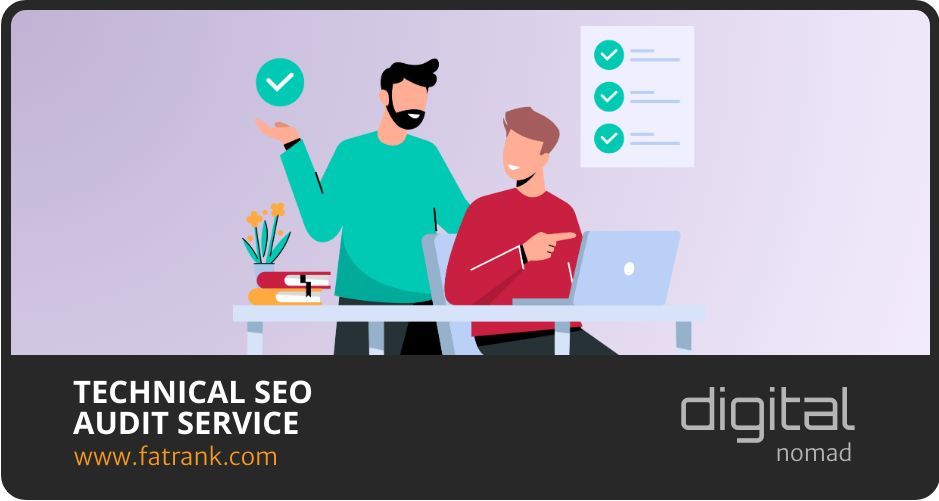
- Technical SEO Checklist

- The Ranking Blueprint SEO Audit
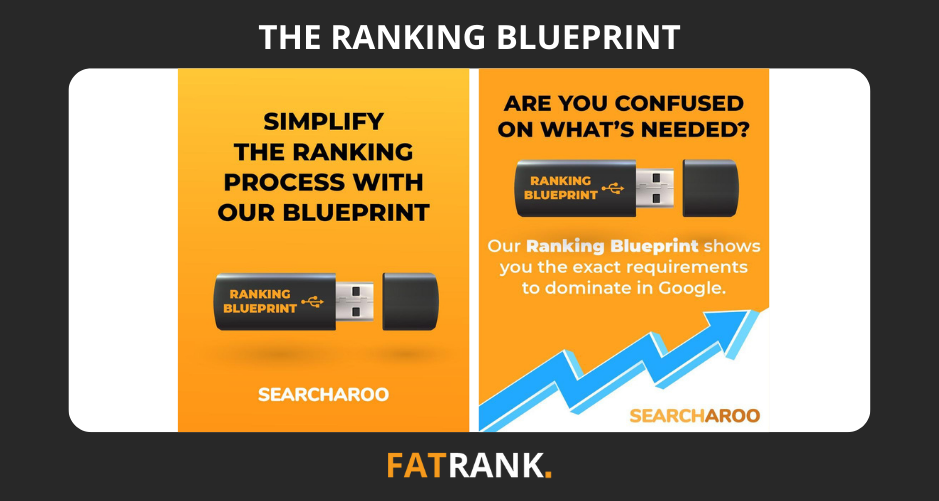
- Thin Content With Little or No Added Value
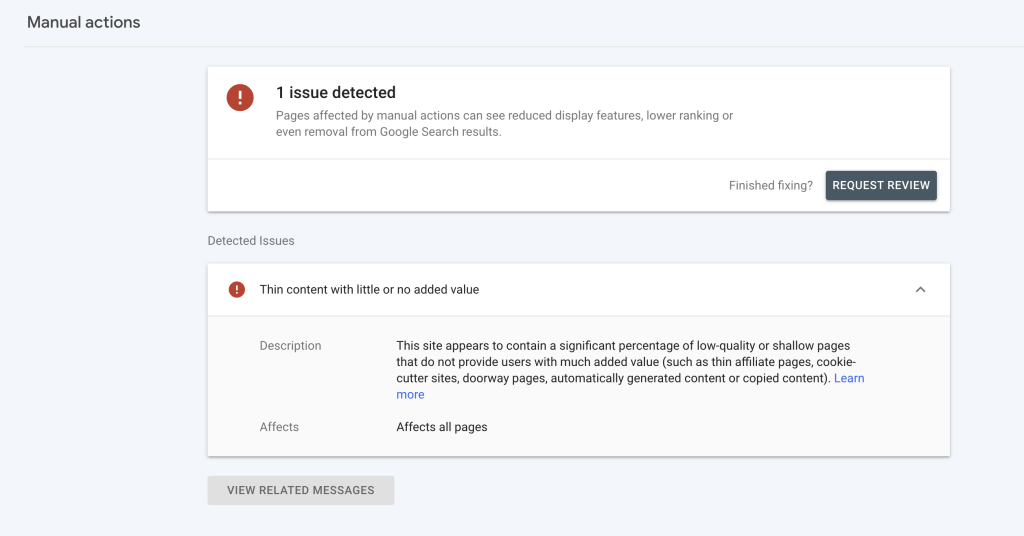
- Topical Authority Audit

- Types of Google SEO Penalties
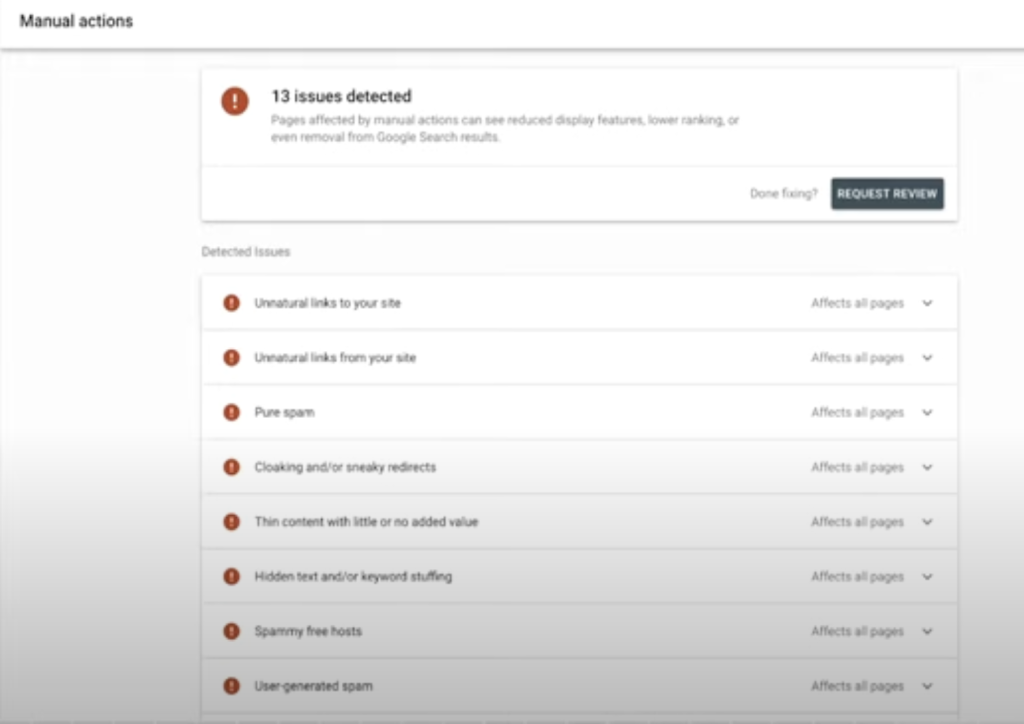

About FatRank
Our aim to explain and educate from a basic level to an advanced on SEO and Social Media Marketing.

